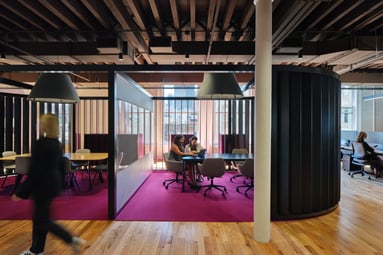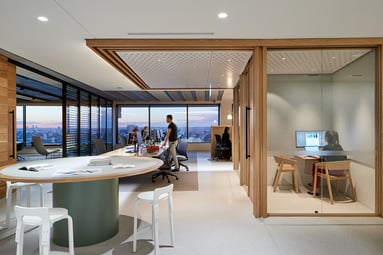Interior design trends in review: What worked, what didn’t, and a look ahead
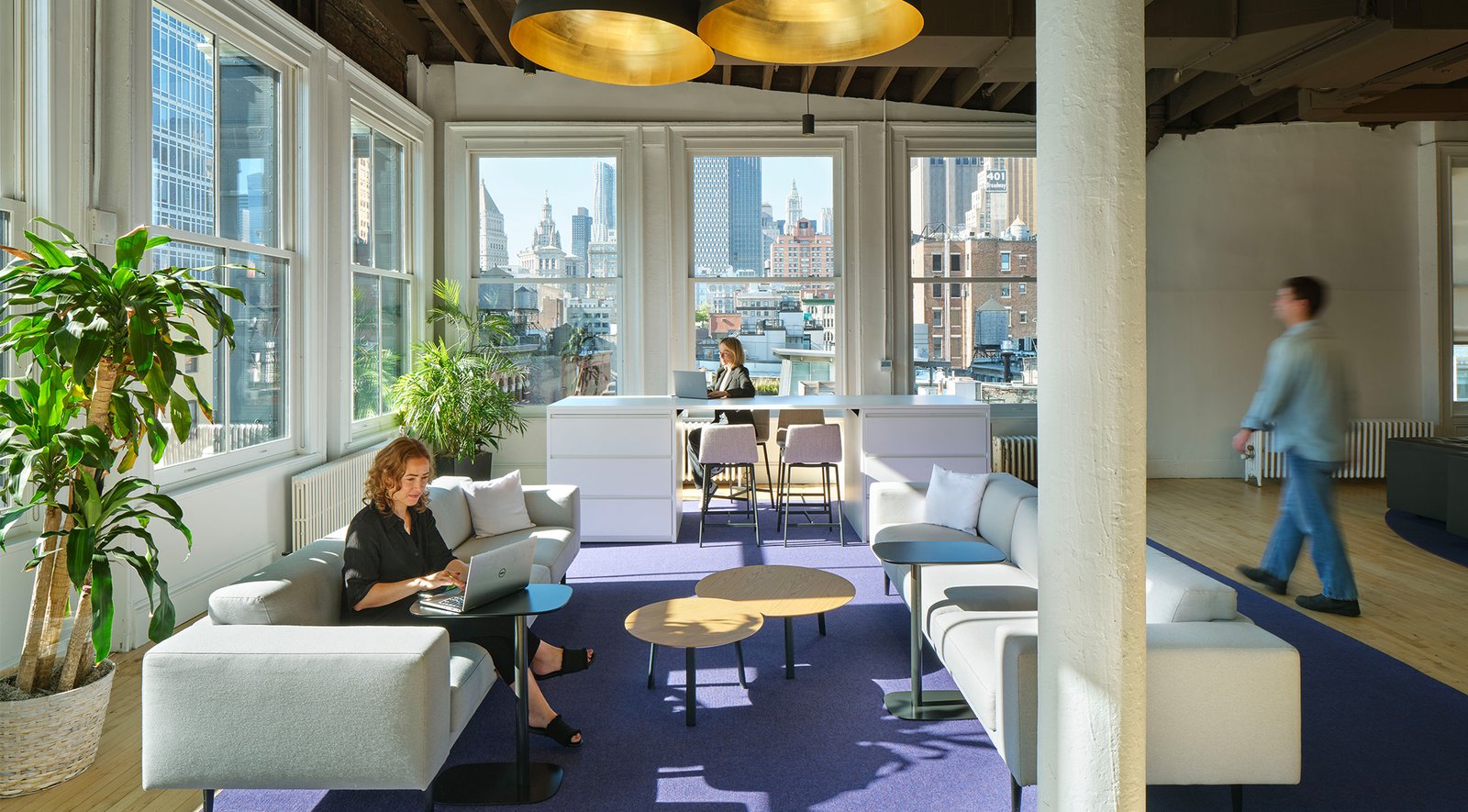
This year we learned what employees actually want in the workplace and where progress is needed. Now that we have this data, what design trends will we take into the future, and what will get left in 2023?
What has worked
1: Flexible, hybrid workplace strategies. Today’s employees want choice even if they need to be in the office a certain number of days. The office is not competing with working from home, it is competing with the benefits of working from home. Workplaces that include modular furniture and adaptable spaces for large and small meetings, focus work, collaboration, and socialization are improving employee productivity and satisfaction.
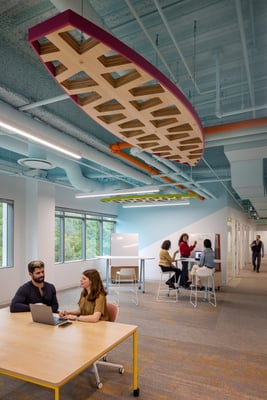 Seismic, San Diego, USA
Seismic, San Diego, USA
2: Integrating workplace technologies. To accommodate a hybrid workforce, many companies are utilizing new technology to streamline the return-to-office process. But the best technology in the world isn’t useful unless the overall office culture embraces it. Ensuring working Wi-Fi and a good tech setup can make all the difference to bringing employees back into the workplace.
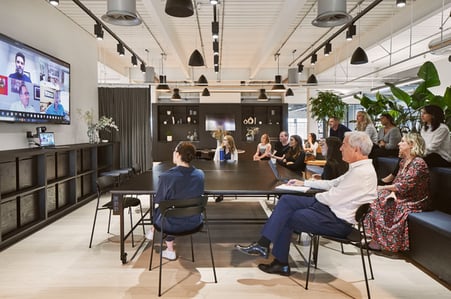 Unispace, London, UK
Unispace, London, UK
3: Diversity and inclusion in the workplace. Workplaces that support the whole human experience are becoming increasingly popular, with features like greenery, natural light, appealing color palettes, and a variety of areas for relaxation and productivity. Many companies are going a step further, focusing on better serving a more diverse workforce and employee wellness through considerations like gender-neutral bathrooms, wellness rooms, and air quality.
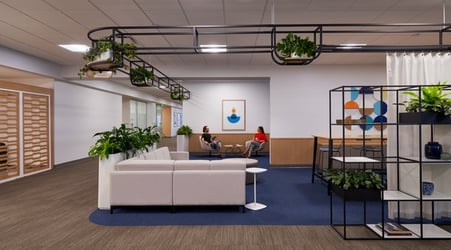 Bread Financial, Columbus, USA
Bread Financial, Columbus, USA
What hasn't worked
1: Decision paralysis. Employers need to stop asking whether to adopt a hybrid model and start asking how to best optimize their spaces to support hybrid work. Prize talent no longer has to accept the office as it has been. To increase employee retention, employers should ask teams what they want most from the office and respond accordingly.
2: Traditional office setups. Gone are the days of a one-size-fits-all approach. Hot-desking, neighborhoods, and open plan layouts were once seen as the catch-all for fostering collaboration, connection, and innovation. But according to our Returning for Good report, 83% of employees who hot-desk said they would come into the office more if they had a dedicated desk. Today's employees value personal space and the ability to focus.
3: Unstructured mandates. For many organizations, the biggest challenge now is how to distribute occupancy throughout the week to avoid overcrowding the office space and overwhelming services and amenities. Without workplace policies and a tailored workplace strategy, offices can become like rush hour on the highway.
What we can expect in 2024
After another year of redefining how and where work is best done and the purpose of the workplace, organizations have the opportunity to continue to improve the employee experience in 2024. By listening to lessons from the recent past and leaning into emerging trends, your organization can usher in a brighter new era for your people—and your organization’s performance.
Stay tuned for our 2024 corporate interior design trends from across the globe coming in the new year.

